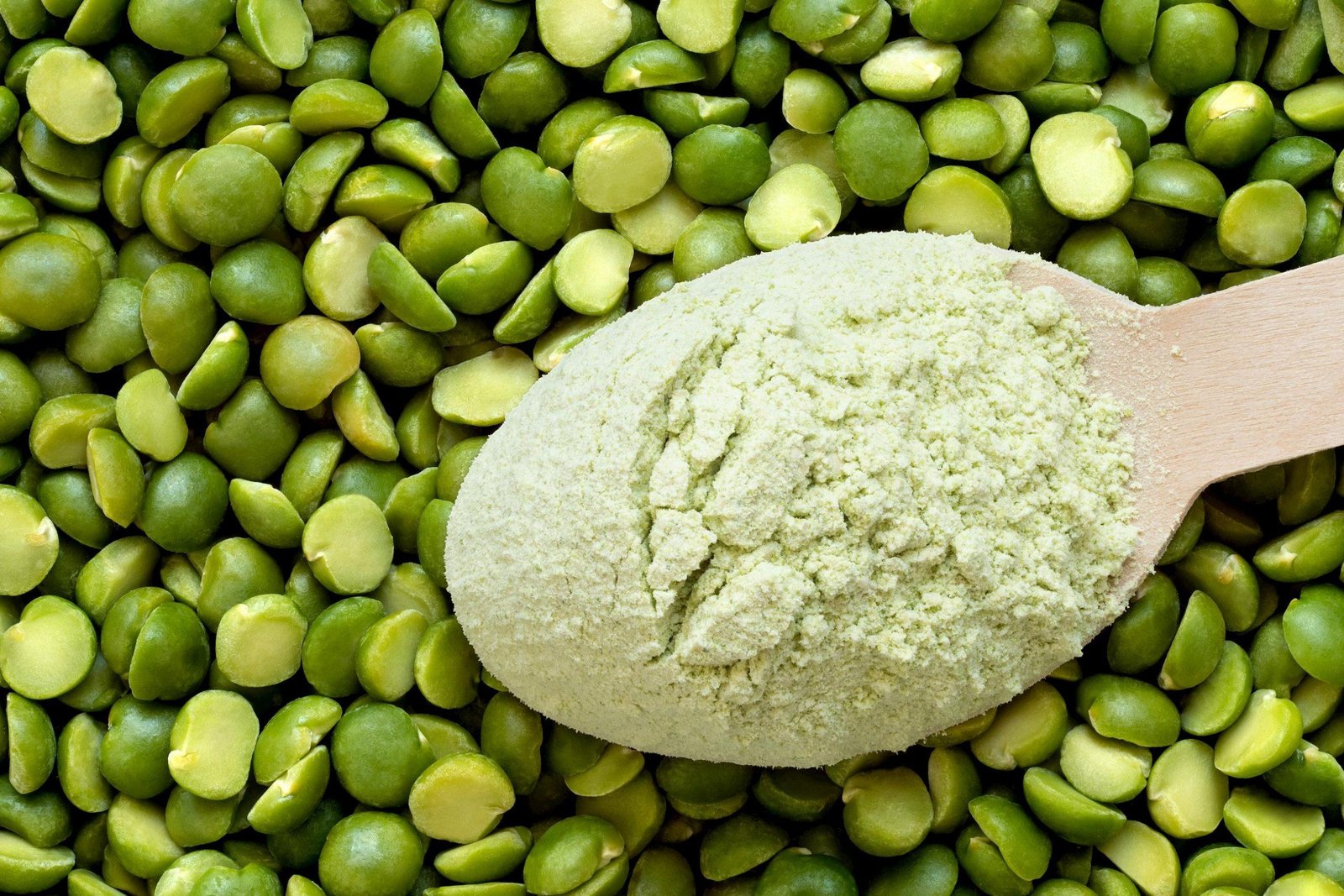Food Industry Transformation Unlocks New Growth Avenues in the Pea Fiber Market

As the global food and beverage industry moves toward clean-label, sustainable, and health-forward innovation, one ingredient that is gaining steady momentum is pea fiber. Derived from the outer seed coat and pulp of yellow or green peas, pea fiber offers a valuable combination of nutritional, functional, and environmental benefits. With increased consumer awareness of digestive health, plant-based nutrition, and sustainable sourcing, the demand for pea fiber is expected to see notable growth in the years ahead.
This blog post explores the forecast of the pea fiber market, analyzing current trends, projected growth rates, regional dynamics, and the key factors shaping its future.
What Is Pea Fiber?
Pea fiber is a type of dietary fiber sourced from the byproducts of pea protein and starch extraction. Rich in insoluble fiber, it supports gut health, satiety, weight management, and blood sugar regulation. Because it’s allergen-free, non-GMO, gluten-free, and soy-free, pea fiber aligns well with clean-label and plant-based food formulation trends.
Its ability to improve water retention, texture, and stability makes it a popular ingredient across food sectors such as bakery, meat alternatives, dairy substitutes, snacks, beverages, and pet food.
Market Size and Growth Projections
The global pea fiber market is poised for steady growth, with a projected compound annual growth rate (CAGR) of 7% to 10% between 2024 and 2030. According to multiple market intelligence sources, the market value is expected to cross USD 250–300 million by the end of the decade, depending on factors like regional adoption, supply chain stability, and product innovation.
Several macro and microeconomic drivers are converging to fuel this upward trajectory:
-
Heightened interest in functional foods and nutraceuticals
-
Accelerating shift toward plant-based and vegan diets
-
Growing importance of gut health and fiber-rich nutrition
-
Ongoing demand for sustainable and clean-label ingredients
Regional Market Outlook
North America remains the dominant market, fueled by a mature health food sector, strong innovation in plant-based products, and high consumer awareness of dietary fiber. The U.S. and Canada lead in both demand and production capacities.
Europe follows closely, driven by clean-label preferences, sustainability regulations, and increasing use of pea-based ingredients in the EU food processing industry.
Asia-Pacific is forecasted to be the fastest-growing region, with expanding urbanization, dietary diversification, and increasing interest in health-conscious eating in countries like China, India, Japan, and Australia. Manufacturers are investing in local production and partnerships to tap into these emerging markets.
Sector-Wise Demand Forecast
Pea fiber is forecasted to grow across a wide range of applications, with certain sectors seeing accelerated adoption:
-
Bakery and Confectionery
Pea fiber’s moisture-retaining and bulking properties make it ideal for bread, muffins, and fiber-fortified snacks. It’s also a gluten-free alternative in specialty baking. -
Meat and Dairy Alternatives
As plant-based foods continue to disrupt the protein space, pea fiber plays a pivotal role in improving structure and chewiness in meat analogues and enhancing the mouthfeel in non-dairy yogurts and beverages. -
Functional Foods and Nutraceuticals
With rising demand for foods that offer digestive and metabolic benefits, pea fiber is gaining traction in nutrition bars, shakes, and supplements. -
Pet Food
As premium and wellness-focused pet food gains popularity, manufacturers are adding pea fiber to enhance gut health and stool quality for dogs and cats.
Opportunities and Innovations
As the market matures, several opportunities are expected to drive further innovation and adoption:
-
Soluble Pea Fiber Development: Currently dominated by insoluble variants, the development of more palatable, soluble pea fiber will unlock new beverage and soft food applications.
-
Product Customization: Blends that combine pea fiber with other functional ingredients (like inulin, protein isolates, or resistant starch) will create added value for formulators and consumers.
-
Sustainability Labeling: Brands that leverage the eco-friendly benefits of pea cultivation — such as reduced water usage and nitrogen fixation — will gain a competitive edge in environmentally-conscious markets.
-
E-commerce and D2C Brands: As health supplements and functional foods proliferate online, niche wellness brands are expected to increase demand for novel fiber sources like pea fiber.
Potential Challenges
Despite its bright future, the market may face several challenges:
-
Consumer Awareness: While fiber is a widely known nutrient, awareness of pea fiber specifically remains low.
-
Texture and Taste: If not processed adequately, pea fiber can affect texture or leave a gritty mouthfeel in sensitive applications.
-
Supply Chain Risks: Dependence on pulse crop yields and regional agricultural conditions may pose short-term risks for supply consistency and pricing.
Conclusion
The pea fiber market forecast points to strong and sustained growth, powered by consumer health trends, clean-label innovation, and sustainability imperatives. With increasing investment in R&D, broader application development, and global distribution expansion, pea fiber is well-positioned to become a cornerstone ingredient in the future of food.







